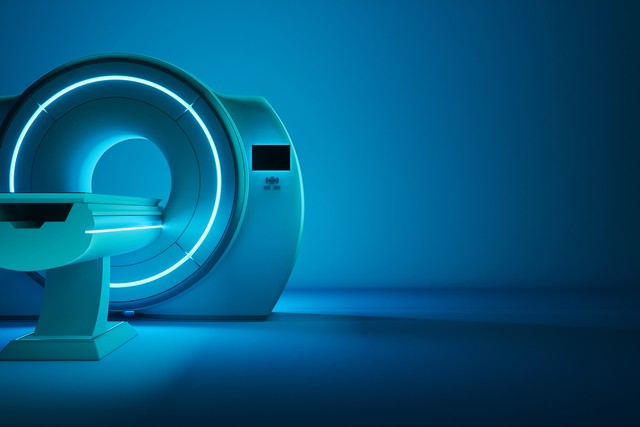June 18, 2024

NPC, a malignant tumor that occurs in the nasopharynx, has a certain risk of recurrence even after initial treatment. MRI (magnetic resonance imaging), as a high-resolution medical imaging technology, plays a vital role in NPC recurrence monitoring. This article will explore the role and importance of MRI in NPC recurrence monitoring.
Nasopharyngeal cancer symptoms and recurrence risk
Early symptoms of NPC may include nasal congestion, ear discomfort, neck lumps, etc. Although these symptoms may not be obvious, they may be early signs of disease recurrence. Recurrent NPC may be more invasive and more complicated to treat.
Advantages of MRI in recurrence monitoring
1. High soft tissue contrast: MRI can clearly distinguish the soft tissue structure of the nasopharynx, which helps to find tiny recurrent tumors.
2. Multi-plane imaging capabilities: MRI can perform cross-sectional, coronal and sagittal imaging to comprehensively evaluate the location and extent of recurrent tumors.
3. No radiation effect: Compared with CT scans, MRI does not use radiation and is suitable for patients who need regular monitoring.
Application of MRI in targeted therapy
1. Evaluation of recurrent tumor characteristics: MRI can reveal the molecular and biological characteristics of recurrent tumors and provide a basis for the selection of targeted therapy drugs.
2. Treatment response monitoring: During targeted therapy, MRI can be used to monitor the response of recurrent tumors and evaluate the treatment effect.
Strategies for MRI monitoring
1. Regular monitoring plan: Develop a personalized MRI monitoring plan based on the patient's treatment history and risk assessment.
2. Symptom-driven monitoring: When patients have symptoms that may be related to recurrence, MRI examinations are performed in a timely manner.
3. Comprehensive evaluation: Combine clinical examinations, biomarkers, and other imaging examination results to comprehensively evaluate the risk of recurrence.
New advances in MRI technology
1. Functional MRI: By evaluating tumor metabolism and blood flow, functional MRI provides more information on the biological behavior of recurrent tumors.
2. Diffusion-weighted imaging (DWI): DWI can reflect the diffusion characteristics of tumor cells and help distinguish recurrent tumors from fibrotic tissue after treatment.
3. Dynamic contrast-enhanced MRI (DCE-MRI): DCE-MRI provides important indicators for angiogenesis and microenvironment of recurrent tumors by evaluating the vascular permeability of tumors.
MRI plays a key role in monitoring the recurrence of NPC. Through regular MRI examinations, doctors can detect recurrent tumors in a timely manner, evaluate their characteristics, and provide timely treatment for patients. With the continuous development of MRI technology, we expect that the application of MRI in NPC recurrence monitoring will be more extensive and in-depth, providing patients with more accurate monitoring methods and personalized treatment options. Through MRI-guided recurrence monitoring, NPC patients will be able to obtain better treatment effects and quality of life.
Posted by: zituyu at
03:47 AM
| No Comments
| Add Comment
Post contains 455 words, total size 4 kb.
35 queries taking 0.0813 seconds, 67 records returned.
Powered by Minx 1.1.6c-pink.









